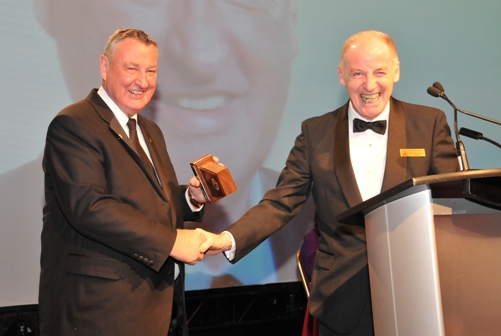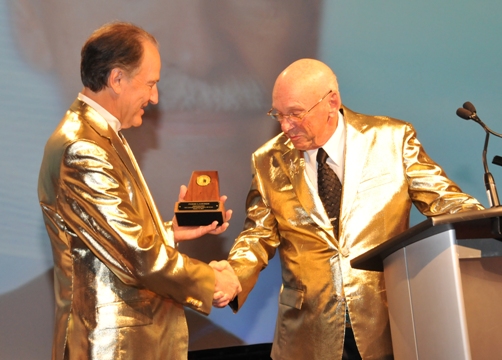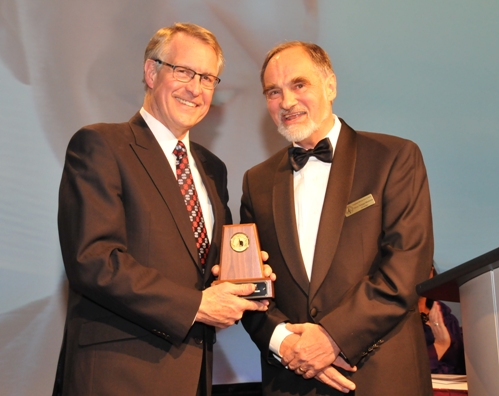The Globe and Mail is Canada’s national newspaper with the second largest broadsheet circulation in the country. It has enormous influence on Canada’s political and business elite.
OTTAWA — The Harper government is on the brink of making the Northwest Territories a province in all but name by ceding federal control over land, resources and water.
Much of the territorial government has arrived in Ottawa. Premier Bob McLeod, his cabinet, deputy ministers and aboriginal and business leaders begin two days of talks Wednesday with Prime Minister Stephen Harper and officials.
The people and government of the territory stand to benefit from hundreds of millions of dollars in new resource revenues under the agreement, which will see the territorial and not the federal government primarily responsible for approving resource developments.
Mining output in NWT is expected to almost double in this decade. And the move fits with the Conservative government’s determination to retreat from federal environmental oversight in most jurisdictions.
The principal aim is to finalize devolution, as it’s called, of control over natural resources from Ottawa to Yellowknife. “It seems like everything is coming together,” Mr. McLeod said Tuesday in an interview. The territory is “on the verge of achieving devolution. … We are advancing on many fronts,” he said.




























